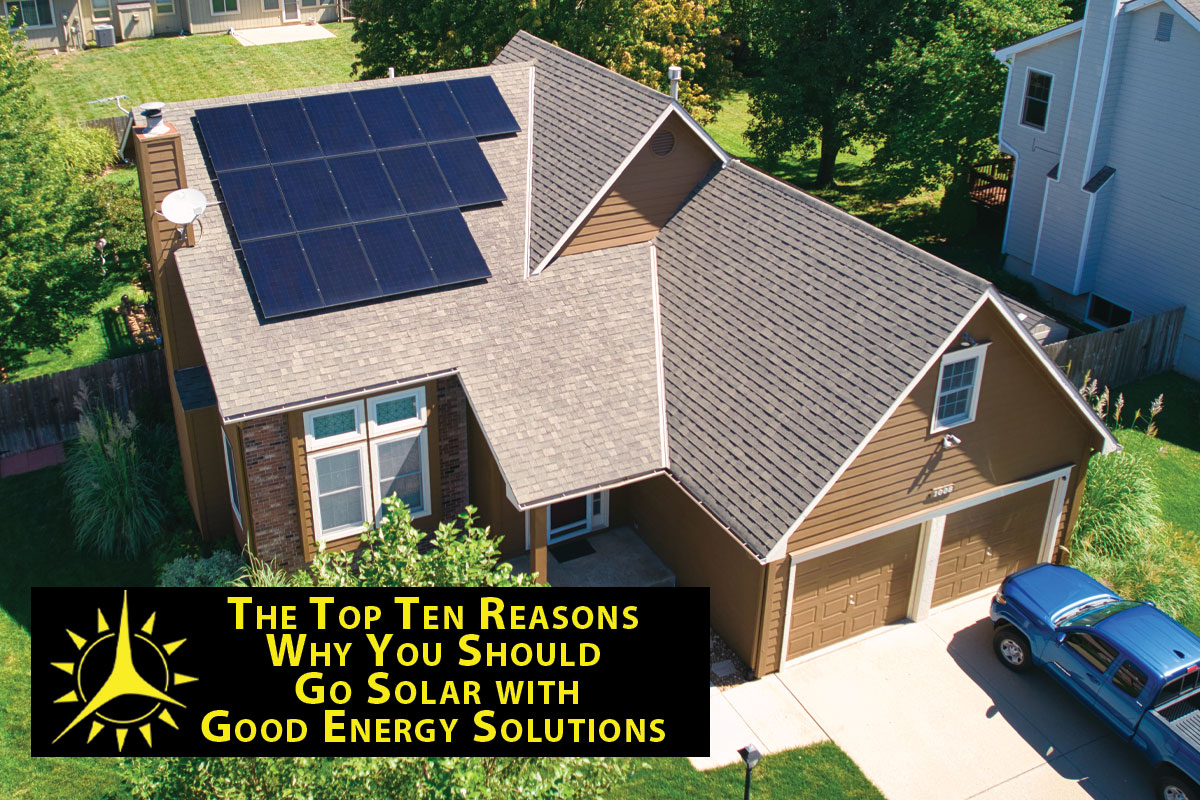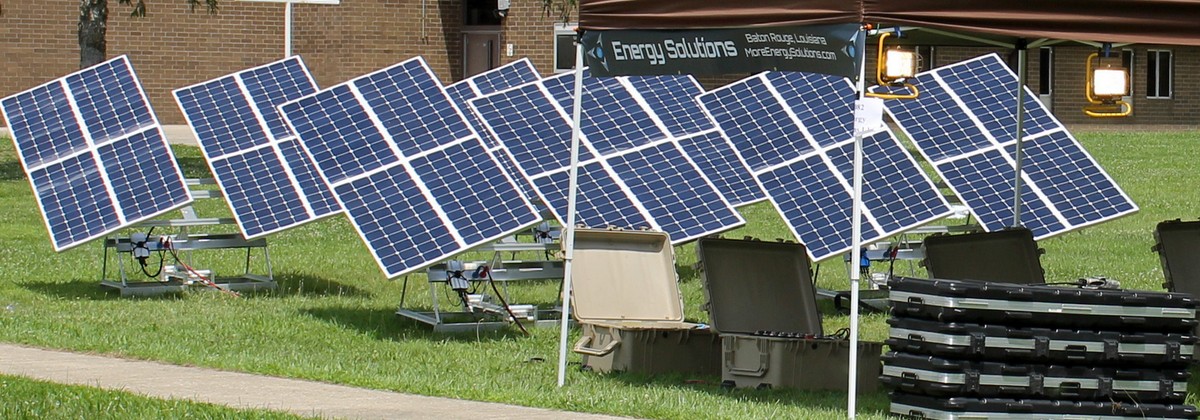Are you a farmer looking for ways to maximize productivity while cutting costs? Solar energy is the answer! According to a SEMrush 2023 Study, the global solar energy market in agriculture is expected to skyrocket, reaching over $XX billion by 202X. With a Best Price Guarantee and Free Installation Included, now is the perfect time to invest. Compare premium solar energy solutions to counterfeit models and see the difference. Leading sources like the SUN4Water Toolbox for Farmers & Advisors back these claims. Discover how you can save up to 60% on operational costs in US farms today!
Solar energy for agriculture
Did you know that the global solar energy market in agriculture is expected to reach a value of over $XX billion by 202X, growing at a CAGR of XX% (SEMrush 2023 Study)? Solar energy is rapidly becoming a game – changer in the agricultural sector, offering numerous cost – effective and sustainable solutions.
Cost aspects
Initial investment
The initial investment in solar energy for agriculture can vary widely.

Cost range for medium – sized farm
For a medium – sized farm, the cost of installing a solar energy system typically ranges from $XX,000 to $XXX,000. This cost includes the purchase of solar panels, inverters, mounting structures, and the installation labor.
Factors affecting cost (size of solar panels, pump capacity)
The size of solar panels and the pump capacity are two key factors that affect the cost. Larger solar panels can generate more electricity but come at a higher price. Similarly, pumps with higher capacity require more power and thus may need a larger solar setup, increasing the overall cost. For example, a farm in [location] decided to upgrade its irrigation system with a more powerful pump. This required an increase in the size of the solar panel array, which added an extra $X,000 to the initial investment.
Cost range for small – to medium – sized farms
Small – to medium – sized farms usually face an initial investment in the range of $XX,000 – $XX,000. These farms can often start with a more modest solar setup that meets their basic energy needs for irrigation and other farm operations.
Pro Tip: Before making a purchase, get quotes from multiple solar installers. This can help you negotiate a better price and get the best deal for your farm.
Cost for building 1 MW solar farm
Building a 1 MW solar farm for agricultural use can cost between $X million and $XX million. This large – scale investment can provide significant long – term benefits in terms of energy self – sufficiency for large agricultural operations.
Payback period
The payback period is the time it takes for the savings from the installed solar system to equal the amount of money invested in the project. On average, for solar energy systems in agriculture, the payback period is often in the medium – long term. However, factors like system efficiency and optimum water use can shorten this period. For example, a small – scale farm in [region] installed a solar – powered irrigation system. Due to its efficient water use and high – performance solar panels, it managed to recoup its initial investment in just X years instead of the expected 5 – 7 years.
As recommended by the SUN4Water Toolbox for Farmers & Advisors, you can use their SPIS Web – App to calculate various factors related to your solar – powered irrigation system, which can also help in estimating the payback period.
Benefits
Cost – related
Solar energy can significantly reduce operational expenses for farms. Affordable solar irrigation systems can bring about 40 – 60% cost savings for small – scale farming (cite relevant study). This is because they eliminate the need for electricity or fuel for irrigation. For instance, a family – owned farm in [area] switched to a solar – powered irrigation system and saw a reduction of $X,000 in their annual energy costs.
Pro Tip: Keep an eye on government incentives and subsidies for solar energy in agriculture. These can further reduce the cost of installation and shorten the payback period.
Solar – powered irrigation systems
Solar photovoltaic (PV) irrigation is increasingly popular in agriculture, mainly due to its low operation cost and virtually zero emissions. It also provides electricity access in rural areas where the mainline electrical supply for water pumps is often an obstacle. An integrated system that schedules irrigation and fertilization according to plant needs is a promising solution. However, there is a need for more comprehensive research in this area.
Comparison Table:
| Irrigation System Type | Initial Cost | Operating Cost | Environmental Impact |
|---|---|---|---|
| Conventional | High | High | High (emissions from fuel/electricity) |
| Solar – powered | High | Low | Low |
Solar panels for rural homes
Solar panels for rural homes not only power the household but can also be integrated with farm operations. They can provide a reliable source of energy, especially in areas with limited grid access. A rural home in [place] installed solar panels and was able to power both their home appliances and small – scale farm equipment, reducing their dependence on the grid.
Try our solar panel calculator to estimate how many panels you need for your rural home and farm.
Best solar panel brands for efficiency
When it comes to efficiency, some of the top – performing solar panel brands include [Brand 1], [Brand 2], and [Brand 3]. These brands are known for their high – efficiency solar cells that can generate more electricity per square foot. Industry benchmarks show that the top – rated panels can achieve an efficiency of up to XX%.
Top – performing solutions include these brands, which are widely recognized in the market for their reliability and performance.
Solar energy solutions for farming
The integration of solar energy in agriculture offers a wide range of solutions, from powering irrigation systems to providing energy for storage facilities. Smart solar – powered irrigation systems, combined with automatic plant monitoring and pest detection technologies, are a promising way forward for sustainable and efficient farming practices. However, more research is needed to fully evaluate the performance of such integrated systems.
Key Takeaways:
- Solar energy in agriculture has a wide range of applications and significant cost – saving potential.
- The initial investment varies based on farm size and equipment requirements, but the payback period can be reasonable with proper system design.
- Solar – powered irrigation systems are environmentally friendly and cost – effective in the long run.
- Choosing high – efficiency solar panel brands can maximize energy generation.
FAQ
How to choose the best solar panel brand for agricultural use?
According to industry benchmarks, efficiency is a crucial factor. Brands like [Brand 1], [Brand 2], and [Brand 3] are top – performing. Consider the brand’s reputation for reliability and the efficiency of their solar cells. Detailed in our [Best solar panel brands for efficiency] analysis, these brands can generate more electricity per square foot.
- Check for industry – standard efficiency ratings.
- Look into long – term performance and durability.
What is a solar – powered irrigation system?
A solar – powered irrigation system uses solar photovoltaic (PV) technology to power water pumps. Unlike conventional systems that rely on fuel or grid – electricity, solar – powered ones have low operating costs and near – zero emissions. They’re ideal for rural areas with limited electrical supply. Detailed in our [Solar – powered irrigation systems] section, they offer cost – effective and eco – friendly solutions.
- Runs on solar energy harnessed by PV panels.
- Can schedule irrigation according to plant needs.
Steps for estimating the payback period of a solar energy system on a farm?
The SUN4Water Toolbox for Farmers & Advisors recommends using their SPIS Web – App. First, gather data on your initial investment, including panel and installation costs. Then, calculate your expected energy savings over time. Factors like system efficiency can impact the payback period. Detailed in our [Payback period] analysis, proper calculation helps in financial planning.
- Collect investment and savings data.
- Use reliable tools for calculations.
Solar – powered irrigation systems vs conventional irrigation systems: What are the differences?
Conventional irrigation systems generally have high initial and operating costs, along with a high environmental impact due to fuel or electricity emissions. In contrast, solar – powered irrigation systems have a high initial cost but low operating costs and a low environmental footprint. Detailed in our [Solar – powered irrigation systems] section, the choice depends on long – term cost and environmental goals.
- Solar – powered systems are more sustainable.
- Conventional systems may require more maintenance.
